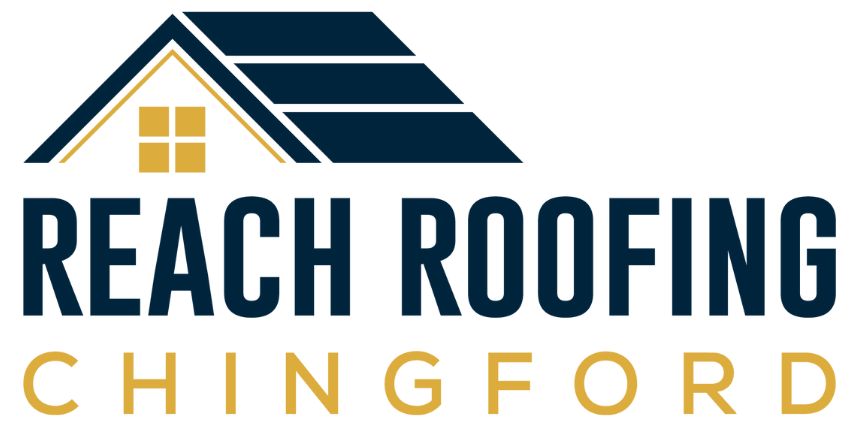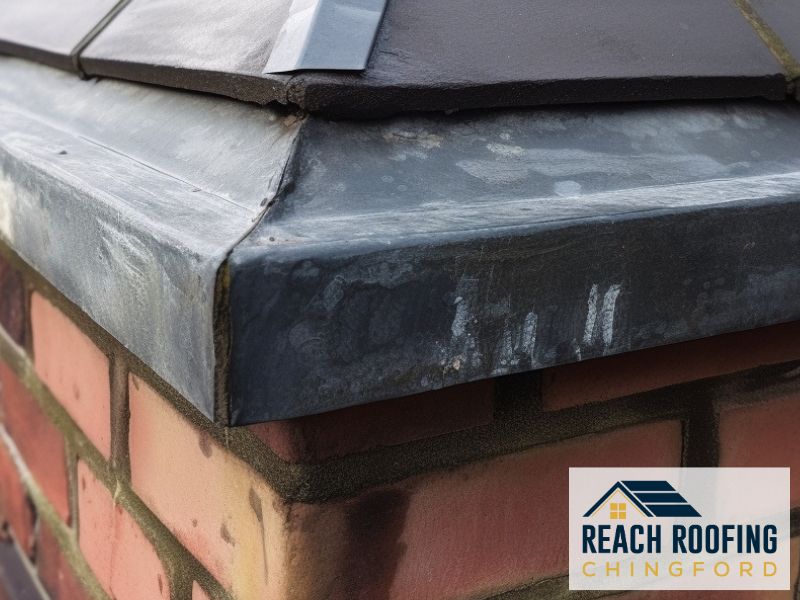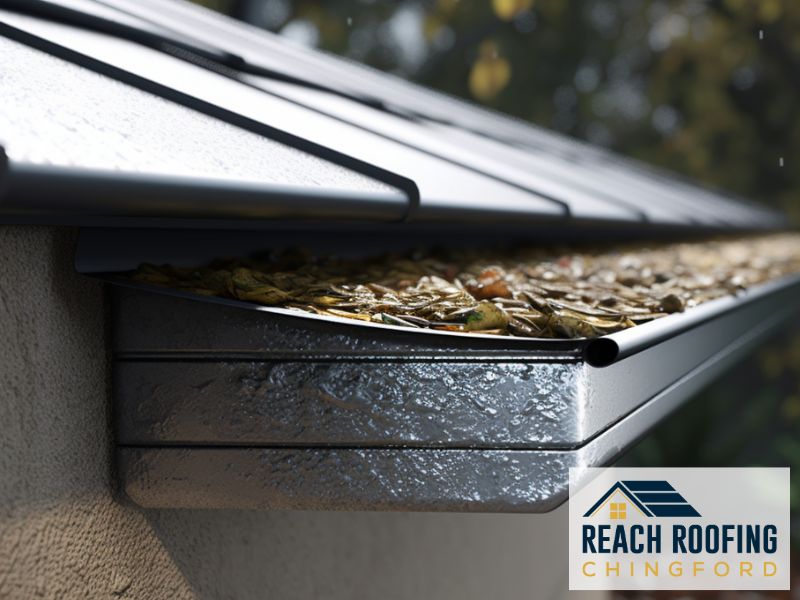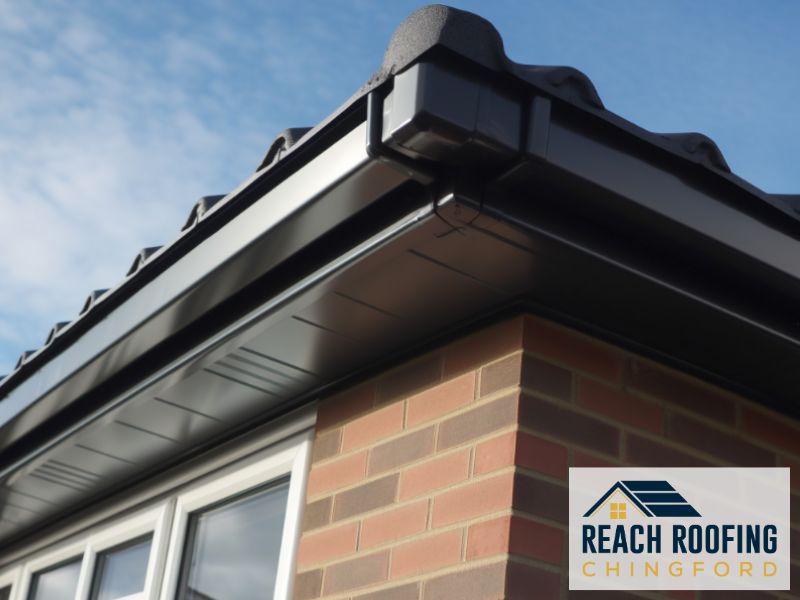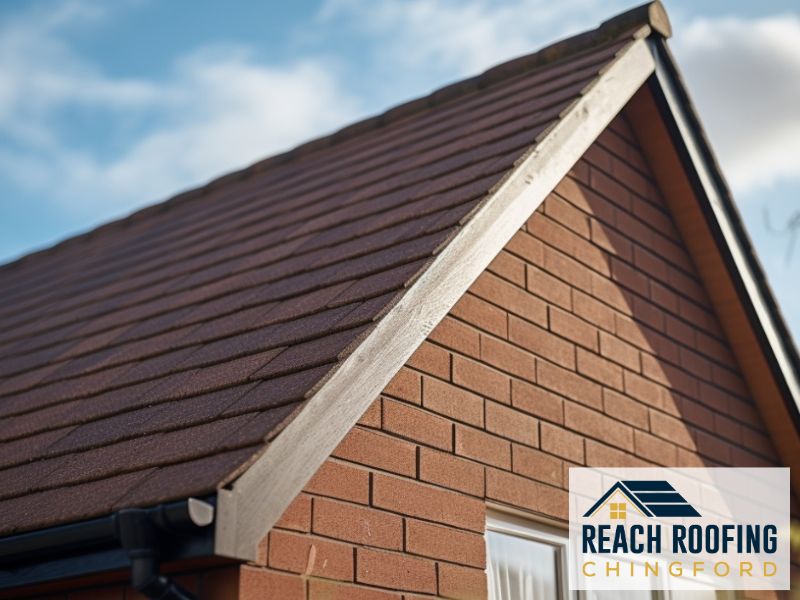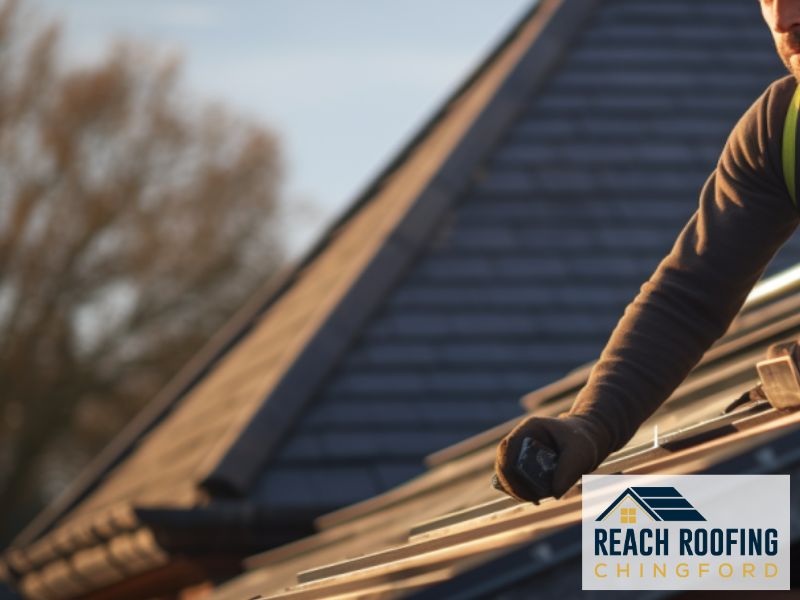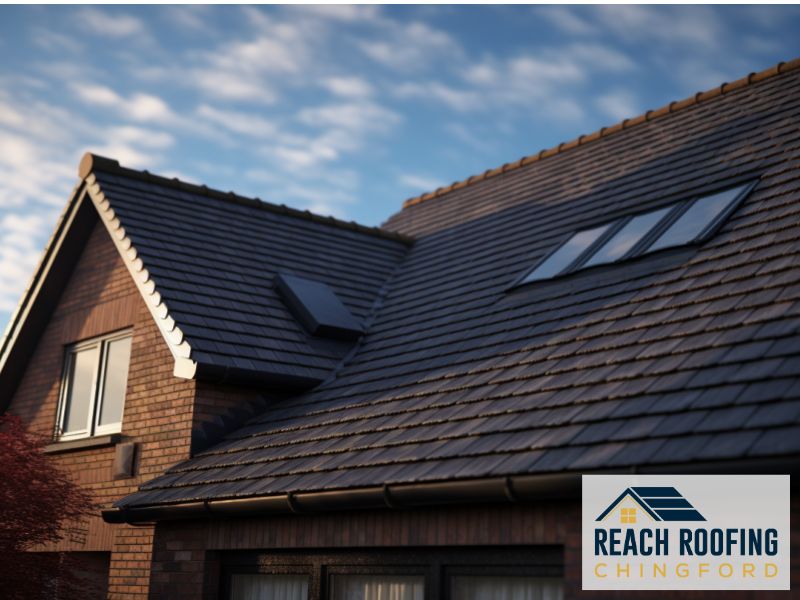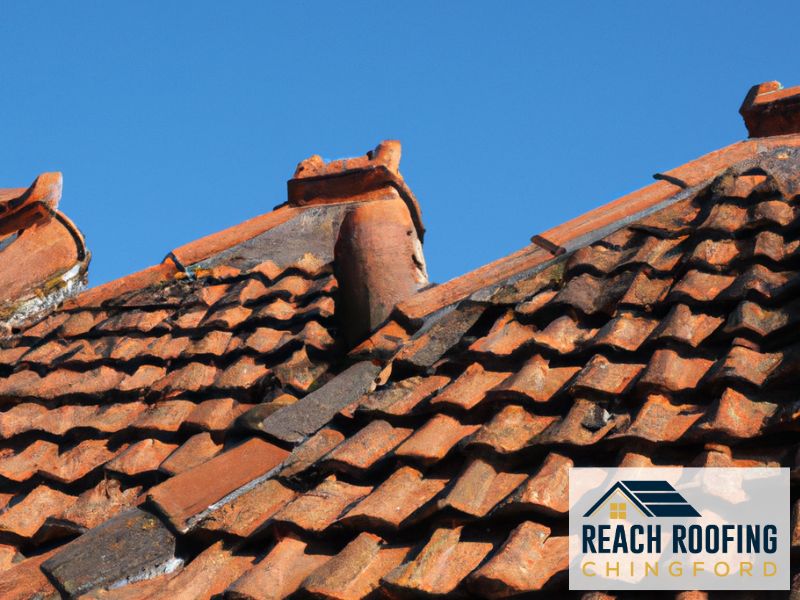Brief overview of lead roofing in the UK
- Importance of proper maintenance
- Significance of lead roofs in historical and modern architecture
Understanding Lead Roofs
Properties of Lead
- Durability and long lifespan – Lead is highly durable and can last for centuries with proper maintenance. It does not rust or corrode easily.
- Resistance to corrosion – Lead actively resists corrosion through a process called passivation, forming a protective layer on its surface when exposed to water and oxygen. This makes it ideal for roofing.
- Flexibility and malleability – Lead can be shaped and molded easily without cracking or breaking. This makes it easy to work with for roof customization and repair.
Common Uses of Lead Roofs
- Historical applications – Lead has been used in roofing since Roman times. Many medieval cathedrals, churches, and public buildings in the UK have lead roofs.
- Contemporary architectural uses – Modern architects continue using lead for its aesthetic qualities and durability. Lead roofs are seen in heritage restorations as well as modern homes.
- Advantages of lead in roofing materials – Compared to slate, tile, copper etc. lead is lightweight, durable, attractive, and 100% recyclable. Its flexibility and waterproofing ability make it an ideal roofing material.
Factors Affecting Lead Roof Maintenance
Weather Conditions in the UK
- Impact of rain, snow, and temperature variations – The UK’s wet climate, extreme winter snow and heavy rainfall can accelerate wear of lead roofs. Temperature fluctuations also expand and contract the lead, causing fatigue.
- Addressing potential water damage and leaks – Regular inspections, cleaning debris, and re-sealing joints prevents water ingress, leaks, and corrosion damage. Prompt repairs are needed when issues are found.
Environmental Influences
- Effects of pollution on lead surfaces – Industrial pollution like sulfur dioxide accelerates lead corrosion through acid rain. Soot settles on roofs requiring more frequent cleaning.
- Preventing staining and discoloration – Patination gives lead its dull grey finish stopping staining. Keeping the roof clean prevents fungal growth and runoff stains from metals like copper.
Structural Considerations
- Inspecting for structural integrity – Check for loose, slipping, cracked or missing lead flashings, valleys, seams and joints which require resealing or replacement. Sagging and deformation may indicate issues with the roof substructure.
- Identifying and addressing potential weaknesses – Points like chimneys, vents, junctions between roof features are common areas of weakness due to an increased number of joints. These must be maintained with extra care.
Routine Maintenance Practices
Regular Inspections
- Frequency of inspections – Lead roofs must be inspected twice a year – spring and fall – to assess damage from winter weather and growth season debris. More frequent inspections may be needed in extreme weather regions.
- Signs of wear and tear to look for – Flashing failures, slipped seams, deformation, cracking, moss buildup, corrosion spots, blockages, and leak stains inside the property.
- Importance of professional inspections – While owners can do basic inspections, a yearly professional survey is crucial to spot hard-to-reach damage signs a layperson would miss. They have expertise assessing roof condition and advising maintenance needs.
Cleaning and Washing
- Gentle cleaning methods to preserve lead – Use soft brushes and low pressure water rinses to dislodge debris. Harsh chemical or acidic cleaners accelerate lead corrosion and must be avoided.
- Removal of debris and moss – Clear off piled up leaves, bird droppings, lichens, and moss growths by hand or gentle sweeping to allow water runoff and prevent water retention damage.
- Products and tools recommended for cleaning – Specialist lead cleaning products, moss killers, non-corrosive detergents, plastic shovels, and soft sweeping brushes are safe for routine lead roof cleaning.
Repairs and Patching
- Identifying and addressing minor damages – Look for slipped flashings, opened up seams and joints, small holes or cracks. Repair these swiftly by resealing joints or patching holes to stop bigger failures or leaks occurring.
- Professional versus DIY repairs – Minor patching and seam fixes can be DIY but extensive repairs need specialists. Professionals have expertise assessing issues and appropriate repair methods for longterm fixes.
- Importance of prompt repairs to prevent further damage – Water ingress accelerates corrosion and deterioration of the lead and underlying roof structure. Timely repairs stop major costly damages needing full roof replacement later.
Frequently Asked Questions
How often should lead roofs be inspected?
Recommended inspection schedules
Lead roof inspections must be done at least twice yearly – spring and fall. High rainfall or extreme weather regions need 3-4 yearly inspections. Professionals should do thorough yearly checks. Inspections look for leaks, failures, corrosion damage, blockages and debris that need addressing.
Can I repair my lead roof myself?
DIY repair considerations
- Minor slipped flashings, opened joints under 2 inches etc can be DIY sealed using specialist lead sealants.
- Larger failures, deformation and holes need an expert assessment on appropriate repair technique before attempting fix yourself.
Instances when professional help is necessary
- Extensive damage over several roof areas needing comprehensive repairs.
- Inaccessible damaged areas or roof heights hazardous for DIY work. Always call professionals here.
- When uncertain on the appropriate materials or methods for longterm repairs.
What are common signs of lead roof damage?
– Indicators of wear and potential issues
- Staining and leaks on interior ceilings and walls
- Moss buildup, lichens, bird droppings on roof
- Corroded patches or white powder deposits on lead
- Deformation like bending, sagging, warped lead sheets
- Slipped, cracked, open joints and flashings
- Missing lead sections exposing roof underneath
How can I protect my lead roof from environmental damage?
Preventive measures for long-term preservation
- Regular cleaning to prevent acid rain corrosion and mineral buildup
- Reseal joints with lead seals to block water penetration
- Prune back overhanging branches rubbing on roof lead
- Install protective wire guard meshes to keep birds off roof
- Avoid harsh chemical cleaners to prevent corrosion
Are there environmentally friendly options for lead roof maintenance?
Eco-friendly cleaning and maintenance practices
- Use natural soap-based cleaners instead of chemical detergents
- Collect moss and lichen debris for composting instead of sending to landfill
- Install gutter debris traps to prevent blockages reducing cleaning needs
- Water rinse instead of pressure cleaning to avoid runoff contamination
- Seek local or recyclable lead supplies when patch repairing and replacing lead sections
Roofer in Chingford advises regular maintenance for lead roofs to prevent corrosion and extend their lifespan, ensuring lasting durability.
Thanks for reading our post, feel free to check out our other services:
- Chimney Repairs
- Commercial Roofing
- Flat Roofing
- Guttering, Soffits and Fascias
- Lead Roofing & Leadwork
- Pitched Roofing
- Roof Repairs
- Roof Replacement & New Roofs
- Skylights & Roof Windows
- Slate Roofing
